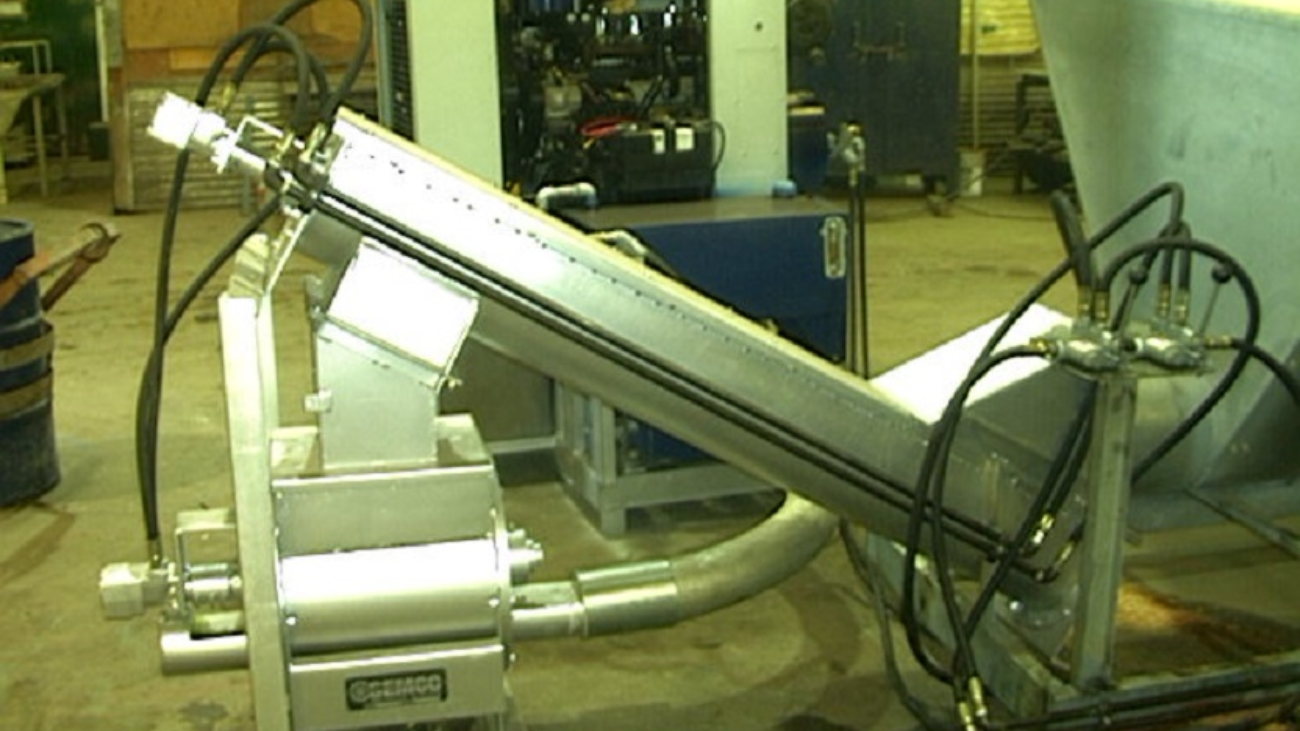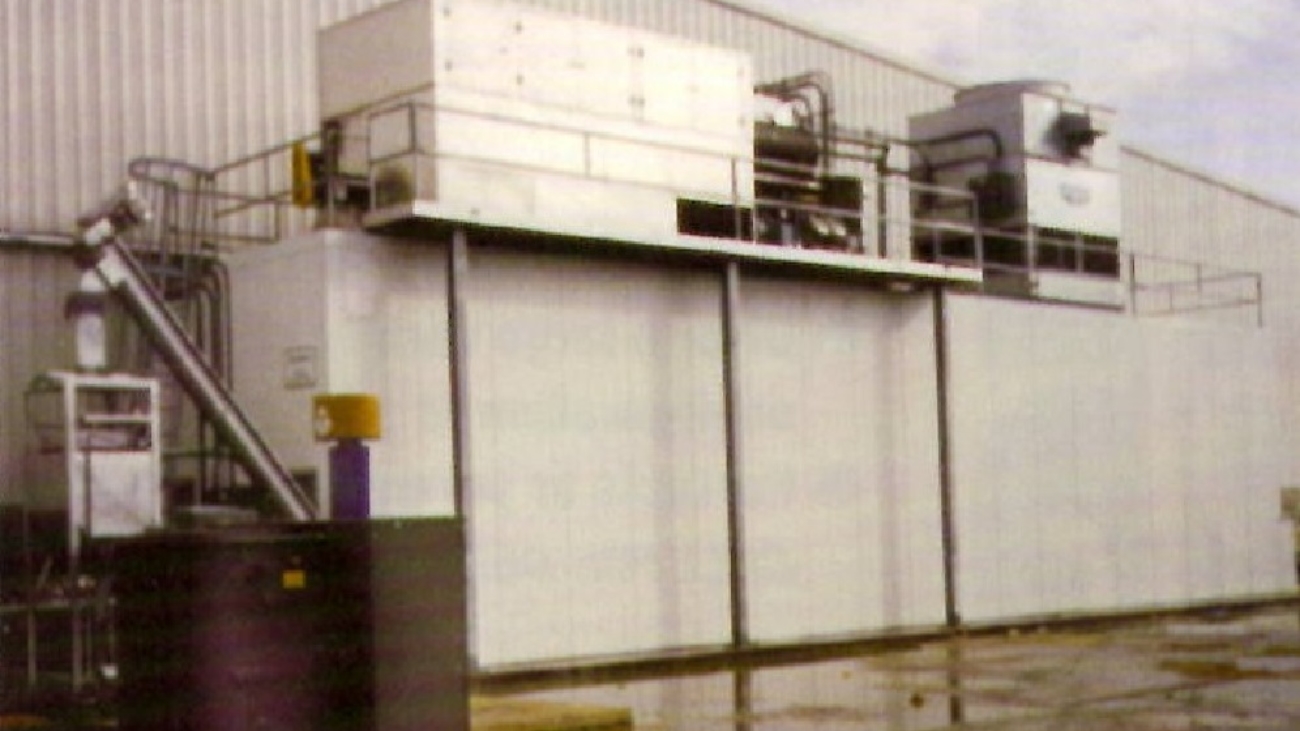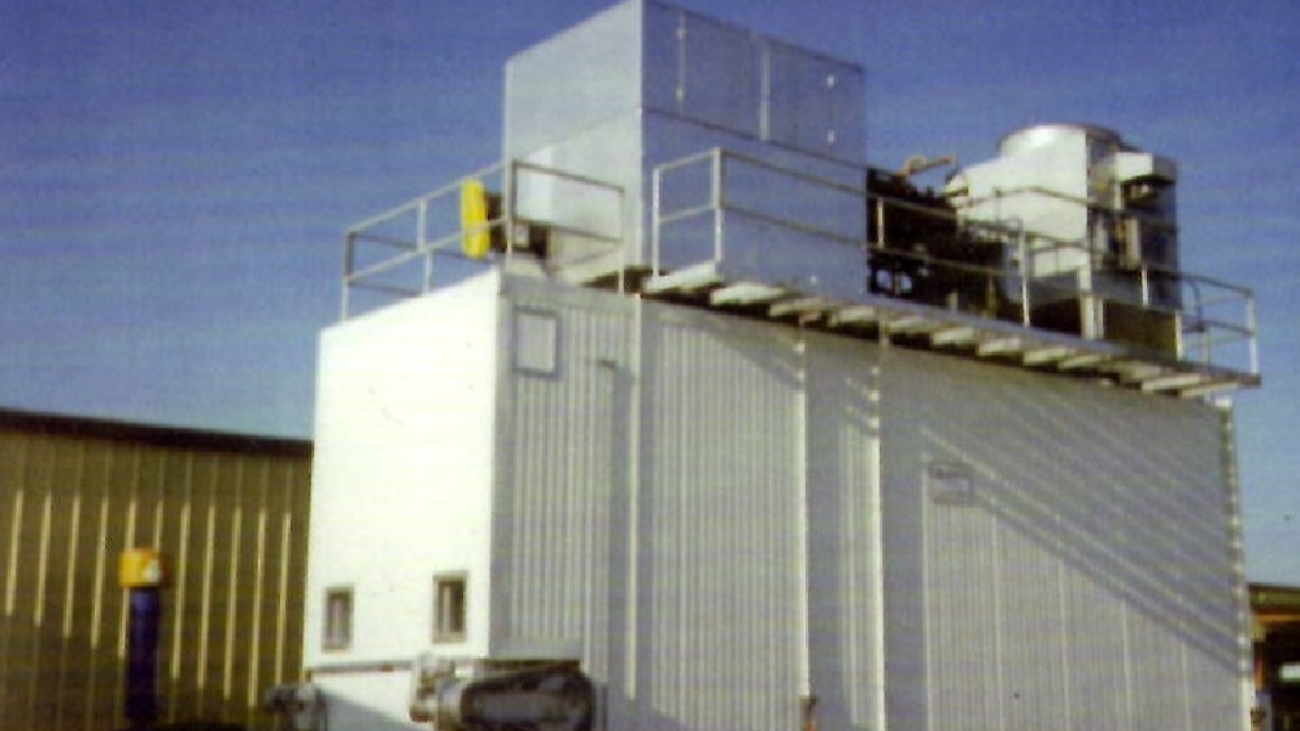Corn, also known as “maize” in many parts of the world, is one of the most popular and widespread crops on the planet. The United States produces about 332 million metric tons every year. There are two major types of corn: field corn, which is used as a starch-rich variety used in corn products such as cornmeal, corn oil, and other corn-based foods; and sweet corn, which is a sugar-rich variety which is eaten as a vegetable and prized for its taste. For sweet corn to be flavorful and high quality it must be rapidly and continually cooled otherwise the sugars will begin converting into starches.
General Information About Cooling and Storing Corn
Sweet corn is an extremely perishable crop which requires immediate and consistent cooling until it reaches end consumers. If it is not properly cooled it will rapidly become tough and starchy, losing its tenderness and sweetness and no longer being suitable for consumption. There are several important cooling factors which affect sweet corn.
Respiration and Degradation – Like many other types of fruits and vegetables a major source of quality loss for sweet corn is due to the rise in temperature caused by natural cellular respiration. The respiration rate is heavily dependant on temperature, making it crucial to quickly and thoroughly cool sweet corn to preserve its quality. The respiration rate at 90°F is a staggering eight times higher than at 32°F. Considering that field temperatures are often upwards of 90°F when sweet corn is harvested this can lead to almost immediate degradation if left unchecked.
One remedy to limit respiration is to harvest the sweet corn in the early morning, while temperatures are lower and while the moisture content is highest. This also helps reduce cooling loads for subsequent cooling and helps save energy. Another common method is to immediately begin covering the sweet corn with cool well water as soon as it is harvested.
Moisture Retention – Moisture retention is another important factor in sweet corn quality. To best retain moisture the sweet corn should be neatly and uniformly trimmed to remove long shanks and flag leaves. Loss of moisture can result in kernel denting as well as a loss of quality and taste. Once again treating the corn with cool water can help with moisture retention.
Sugar Content – Sweet corn has a high percentage of sugar which gives it its characteristic sweet, flavorful taste. However, almost as soon as it has been harvested the sugars present begin converting into starches. This process cannot be completely stopped, but it can be significantly slowed, preserving the quality and value of the corn for longer. Temperature is an important factor with the loss of sugar being about four times as rapid at 50°F as it is at 32°F. Once the sugars are converted into starches this process cannot be undone. That makes it crucial that the corn remain properly refrigerated for its entire journey from harvest into the eventual hands of the consumer.
Relative Humidity – The relative humidity of the environment plays an important role in moisture retention and proper cooling. Sweet corn does best with a relative humidity of about 90% to 98%.
Storage – Storage times will vary but under ideal storage conditions, those with low temperature and high humidity, sweet corn can be stored for around 5 to 8 days without a major loss in quality. Some newer, supersweet varieties are able to be stored for even longer.
Methods of Cooling Corn
Basic cooling methods such as room cooling, which involves placing the sweet corn in a refrigerated room or cooler, are not adequate to cool the sweet corn rapidly and efficiently enough. Instead hydrocooling and packing ice is recommended.
Hydrocooling – Hydrocooling involves rapidly cooling the corn by submerging it in near-freezing water. This is one of the most effective ways to quickly and efficiently remove the majority of field heat and help the corn quickly approach suitable cooling and storage temperatures. However, hydrocooling is most efficient when the temperature differential between the corn and the water is high. In other words when water temperatures are low, such as with freezing water, and when corn temperatures are high, such as with freshly harvested crops. After about 20 to 30 minutes of hydrocooling the temperature of the corn will have decreased by about 20 degrees or more. As a result the next 20 degree temperature drop would take twice as long as the first 20 degree drop and would require over an hour of additional hydrocooling.
Packing Ice – Because hydrocooling becomes less efficient the lower the temperature of sweet corn gets, it is recommended that after initial hydrocooling the remaining necessary temperature drop be attained through the use of packing ice over and around the sweet corn. This will help save energy and lower cooling loads. A good rule of thumb is to use about one pound of ice for every five pounds of sweet corn.
SEMCO/SEMCOLD LLC offers high quality hydrocooling and icing systems that are ideal for use on sweet corn cooling. Our systems and product lines can be customized to suit the capacity needs and other specifications of each our clients.



